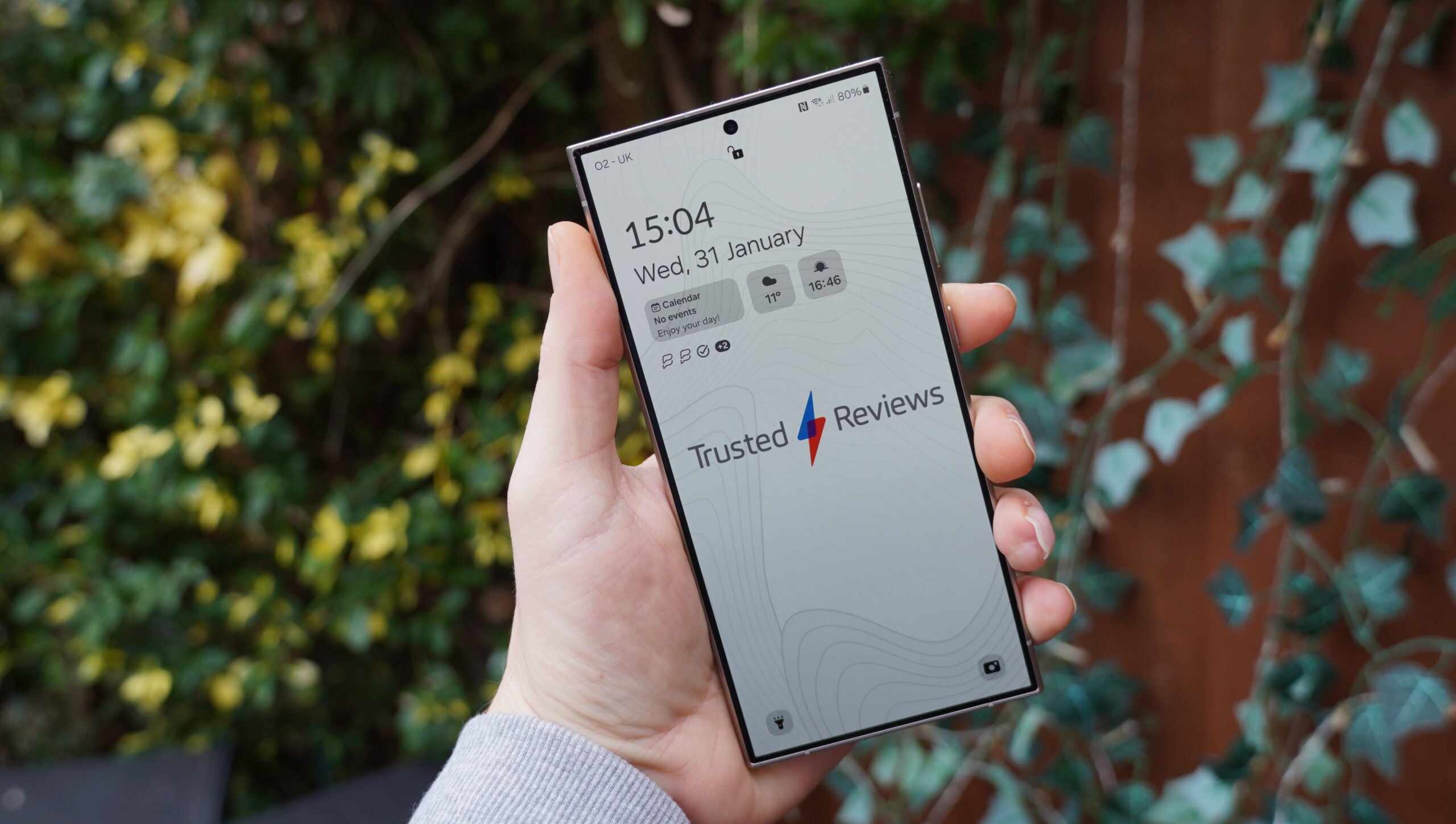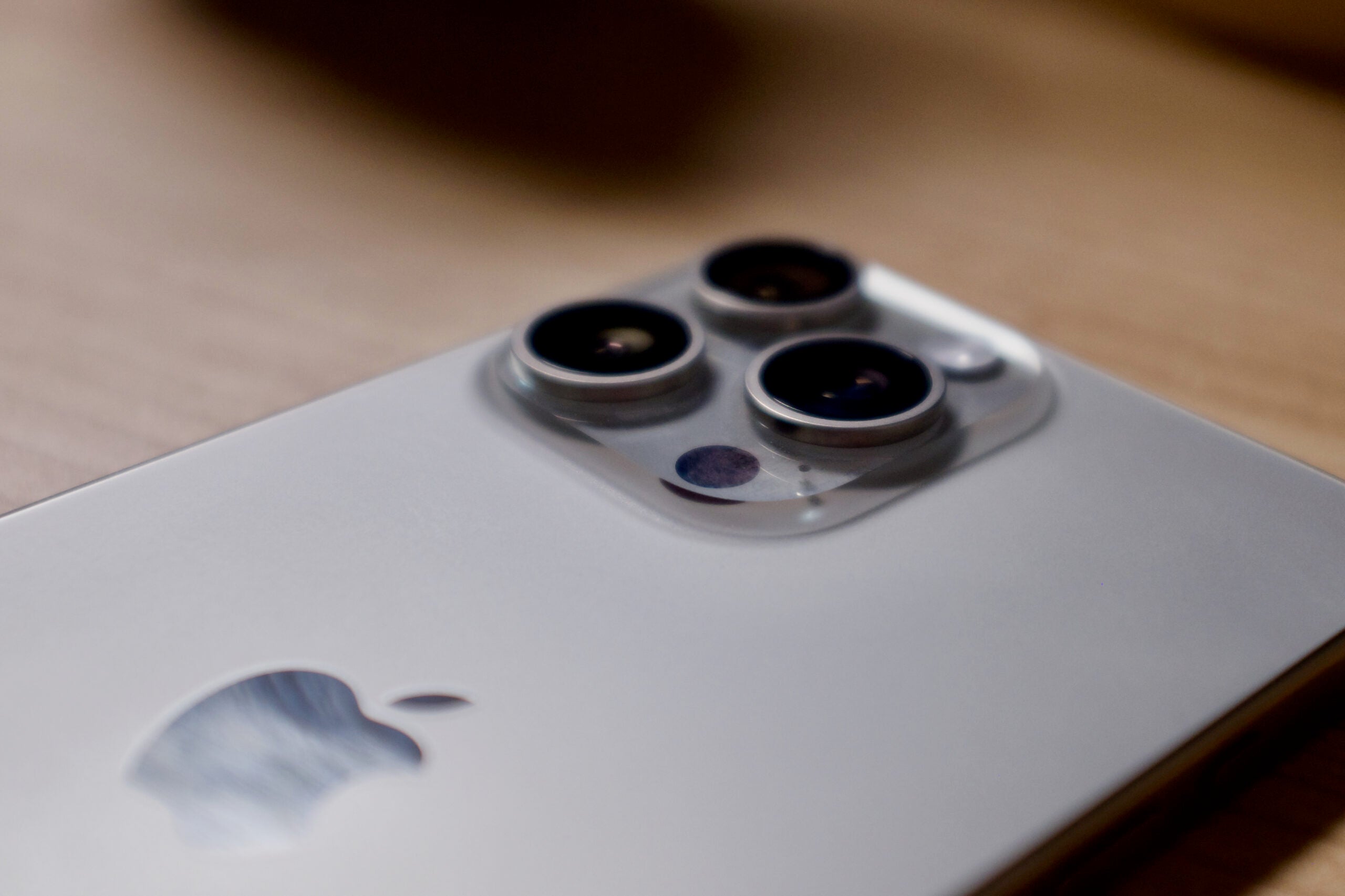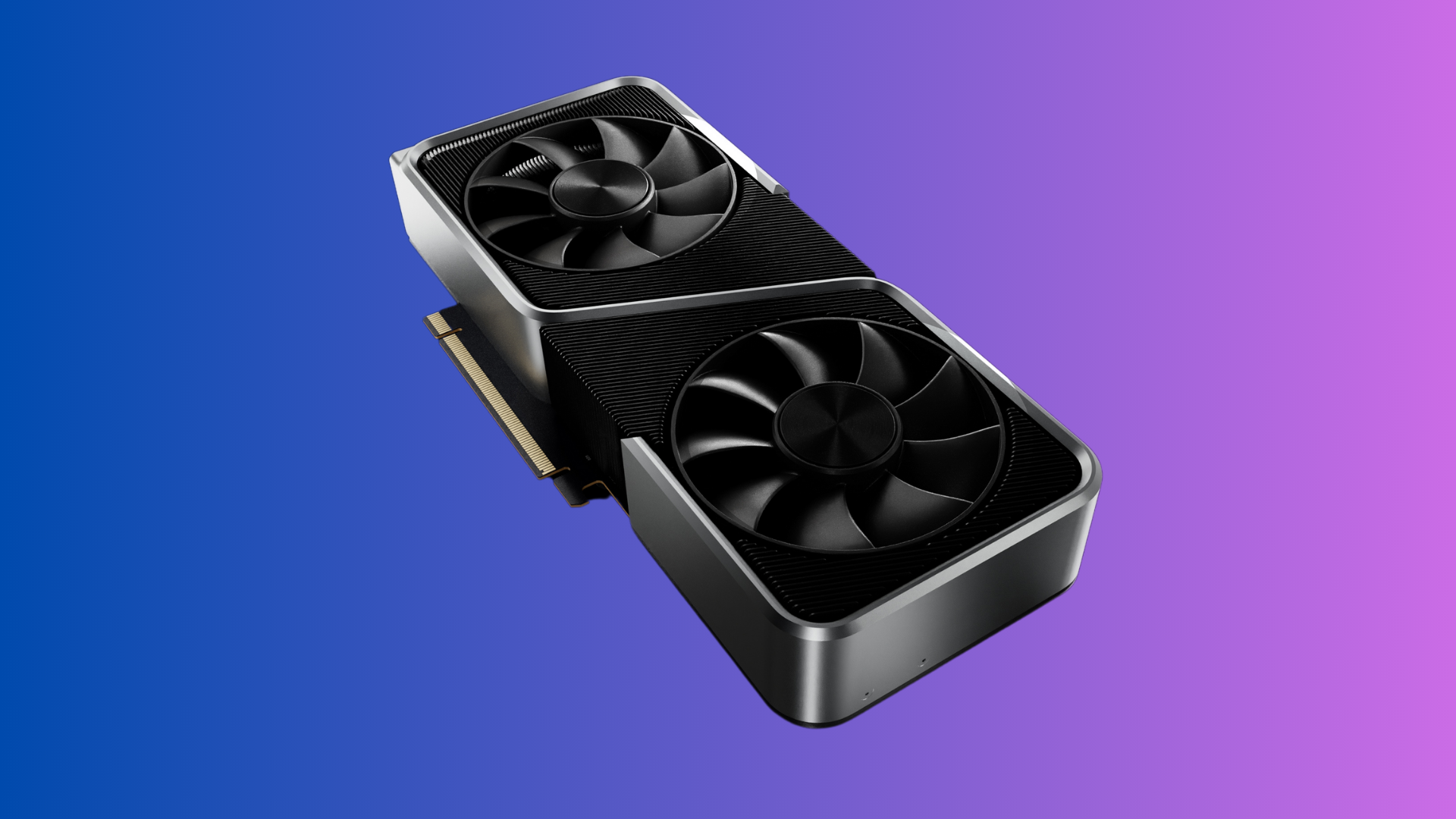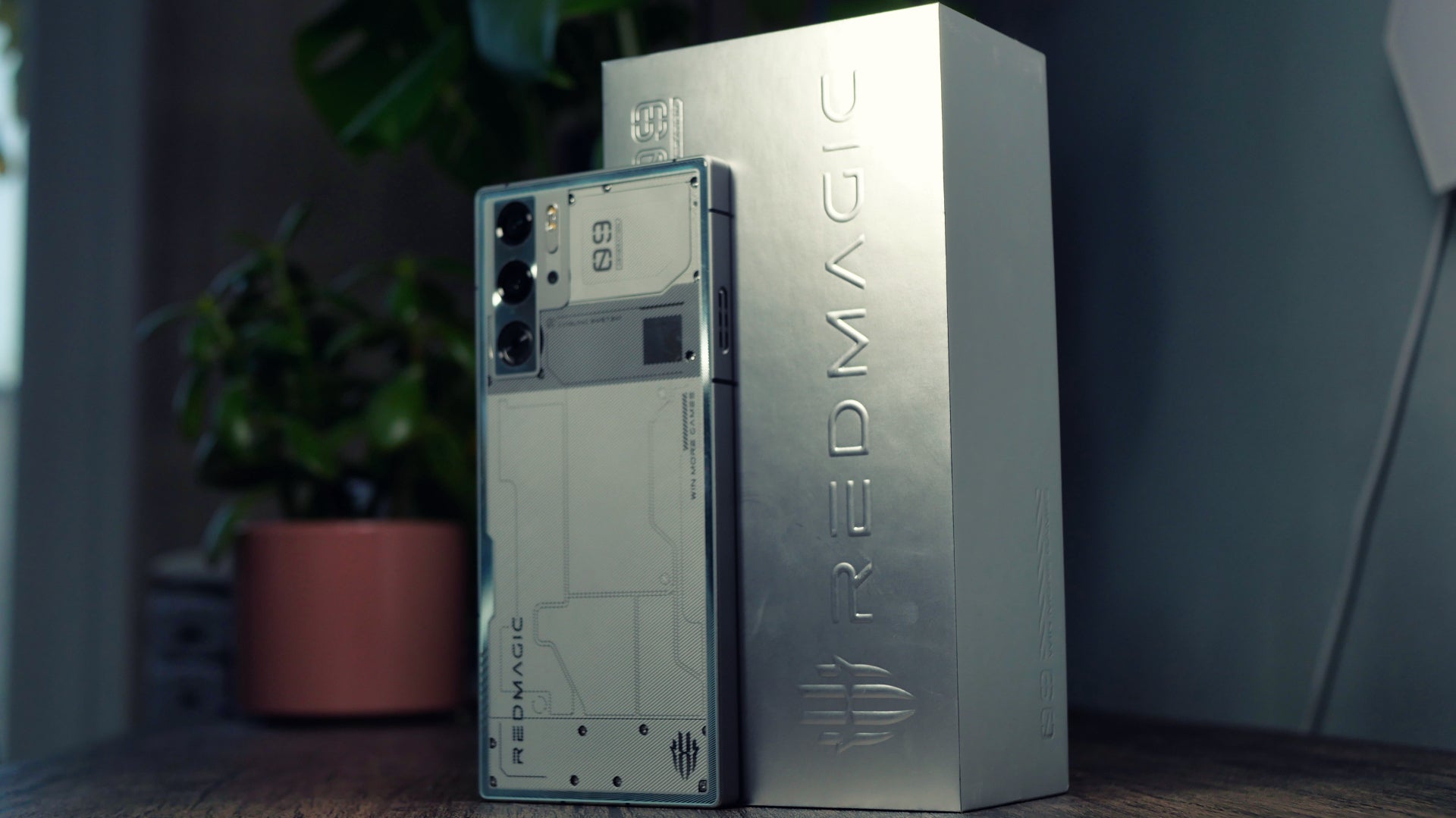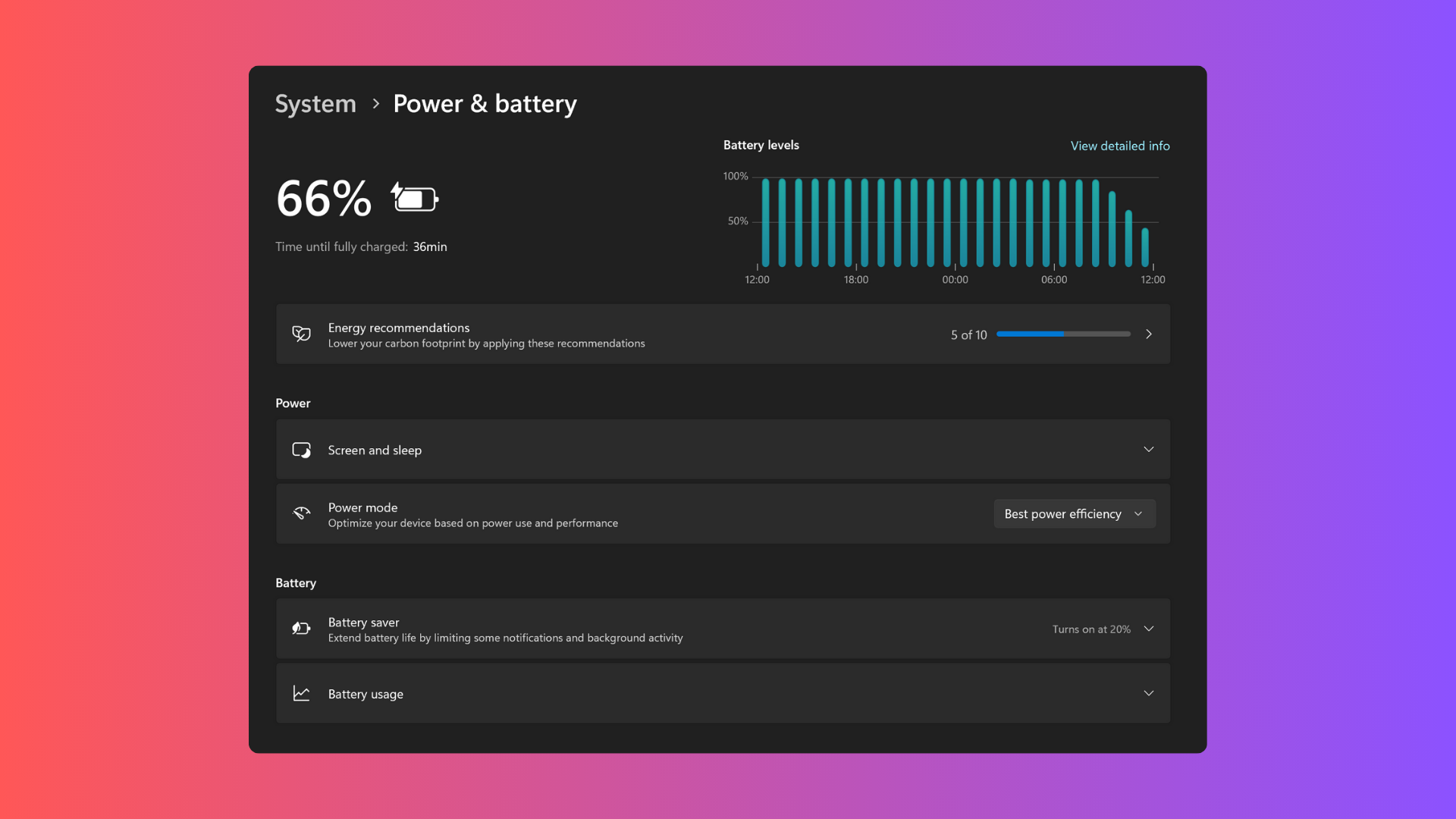What is foveated rendering?
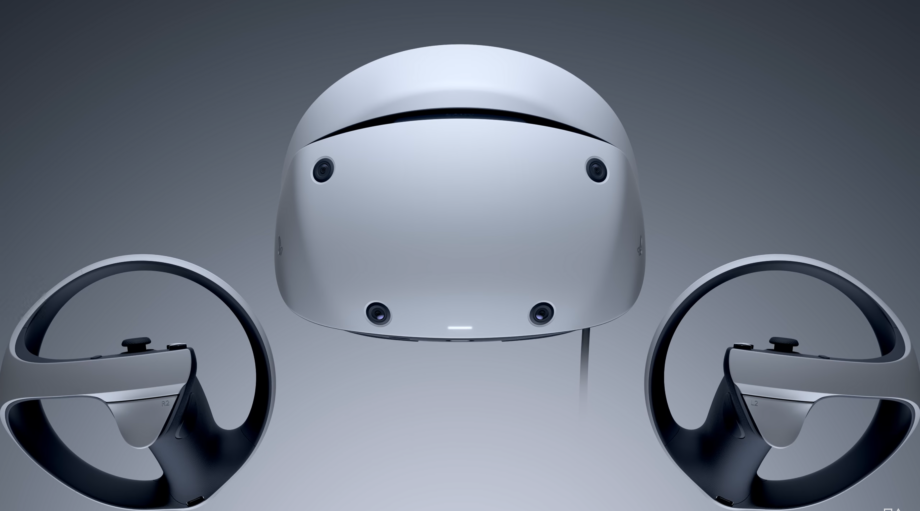
As more VR headsets launch with eye-tracking technology, including Sony’s PlayStation VR 2, we’ve seen terms such as foveated rendering mentioned frequently.
But what does foveated rendering actually mean, and why should you be excited to see this feature arriving on more virtual reality headsets?
We’ve created this article to explain everything you need to know about foveated rendering. So if you want a breakdown of the technology, keep reading on.
What is foveated rendering?
Foveated rendering is a technology that allows a virtual reality headset to dynamically reduce the picture quality in your peripheral vision.
If you’re not directly looking at the left portion of the headset’s display, it makes sense to reduce the number of pixels rendered in this location. Doing so will free up the headset’s performance power, allowing it to instead improve the visual quality of the image that your eyes are focused on.
Of course, in order to do this a virtual reality headset will need to have eye-tracking technology. There aren’t a huge number of headsets with this technology just yet, with the Vive Pro Eye and PlayStation VR 2 being two of the only options.
And just because a VR headset features eye-tracking technology, it doesn’t guarantee that every game will use foveated rendering; developers will need to add support for the technology into their games. That means it may only be worthwhile for developers to enable support for foveated rendering if their game is available on multiple headsets with eye-tracking technology.
But it looks like first-party games for the PlayStation VR 2 could very well make use of foveated rendering, with Horizon Call of the Mountain confirmed to support the technology.
And with other new headsets (such as the Meta Quest Pro) featuring eye-tracking technology, it looks like foveated rendering is only going to become more popular.
There are a few headsets (such as the Meta Quest 2) that lack eye-tracking tech, but use ‘fixed foveated rendering’ instead. But this will see the edges of your display using a lower resolution, even when you’re looking at it, which isn’t quite as useful.


